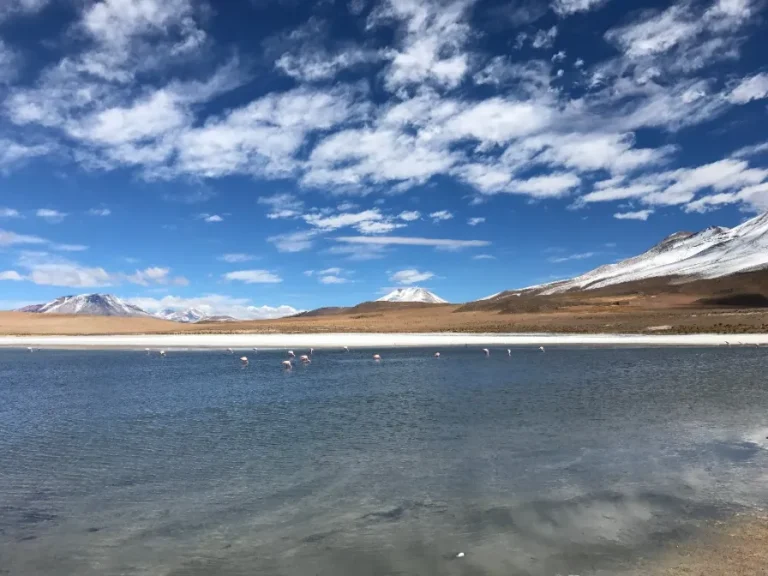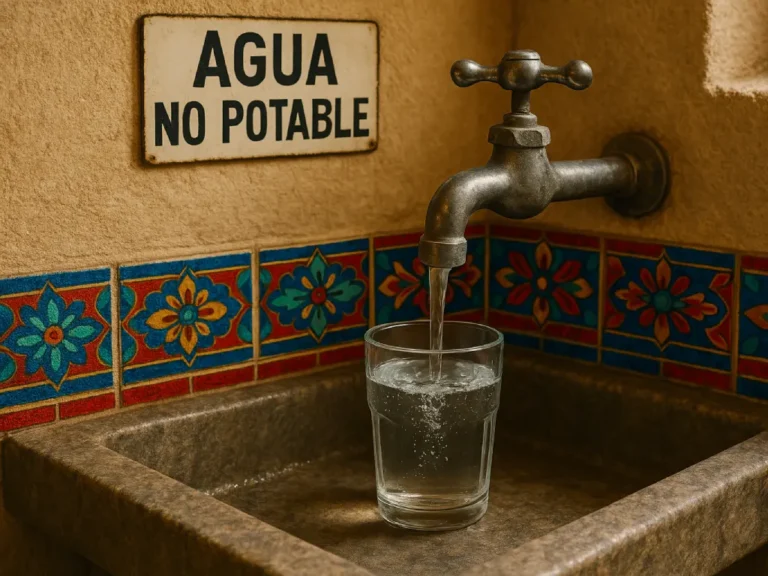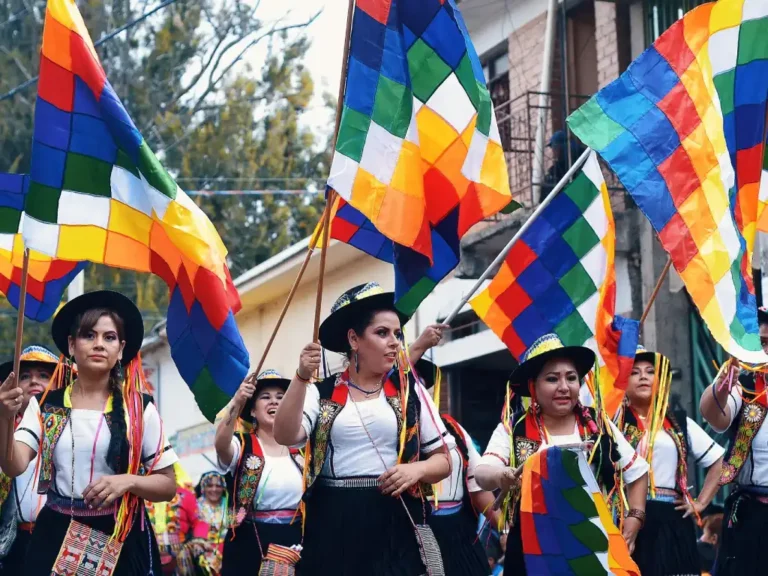10 Random Facts About Bolivia (One Involves a Llama Foetus)
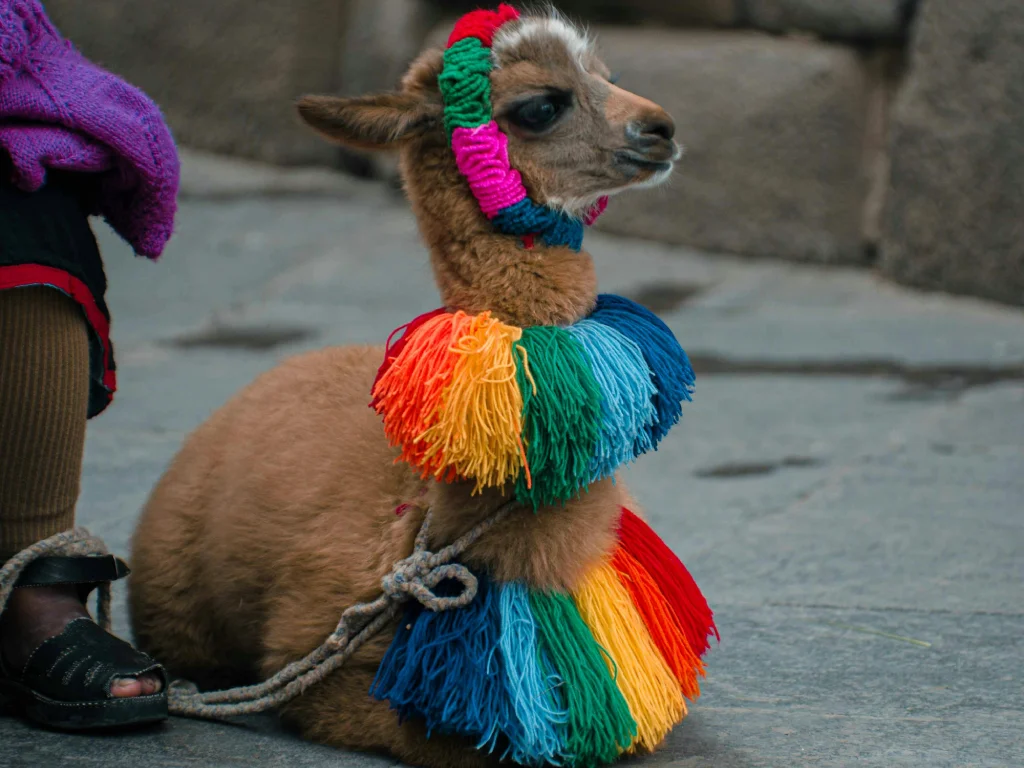
There’s something brilliant about learning random facts about Bolivia – especially the kind that make you go “wait, nah, you’re chatting sh*t?” Bolivia’s full of them. Some are surprisingly historical, others are just straight-up odd. Either way, here’s a stack of facts about Bolivia that’ll stick in your head long after the WiFi’s gone.
I found out half of these while booking tours around Bolivia and planning my itinerary, so I hope you experience more of the same!
1. There’s a clock in La Paz that runs backwards
Yep. On the front of the congress building in La Paz, you’ll find the “Clock of the South” – it ticks to the left instead of the right. The idea? To reflect southern hemisphere identity & challenge western norms. Or maybe someone just installed it wrong & they rolled with it.
2. There’s a weird love for dried llama foetuses
In markets across La Paz, you’ll spot what looks like a horror prop – shrivelled baby llamas. They’re used in Aymara rituals, buried under buildings as offerings to Pachamama (Mother Earth). Strange to outsiders but deeply spiritual locally.
These rituals aren’t just tradition – they’re tied to deep-rooted indigenous beliefs that still shape Bolivia today. You’ll see that pride in everything from food to festivals to the rainbow Wiphala flag flying next to the national one.
And if all this llama talk’s made you peckish, here’s what traditional Bolivian food is actually like.
3. Zebras help direct traffic
No, not the animal. In cities like La Paz, people dress up as giant zebras to help pedestrians cross the street & teach road safety. They dance, they high-five, they somehow reduce traffic chaos. It’s one of those things you just accept after a few days.
The Zebra Project started in 2001 as a public service initiative but they’ve since become unofficial mascots for the city.
4. One of the world’s most dangerous roads is also a tourist attraction
Death Road – real name Yungas Road – is a mountain pass with cliffs so steep they’ve claimed hundreds of lives. Naturally, it became a must-do cycling route. Because why not risk your life for the GoPro footage?
If you’re feeling brave (or just mildly unhinged), here’s the full lowdown on Death Road’s bike tour Bolivia. If you’re planning to hit up Bolivia’s weirdest highlights, double-check entry requirements for 2025 – visas, vaccines, and whatever new rule they invent at the border.
5. It has over 30 official languages
Spanish is the most widely spoken, but Bolivia recognises 36 official languages including Quechua, Aymara & Guaraní. You’ll see signs in multiple languages, especially in rural areas and locals often switch between them like it’s nothing.
Learn more about what languages are spoken in Bolivia – it’s a full linguistic flex.
6. Bolivia has two capitals (because of course it does)
This one’s a classic. Most people think La Paz is the capital – and it is, but only sort of. It’s the seat of government. The official capital? Sucre. The two cities share power like divorced parents who still co-own the dog. It’s wonderfully Bolivian.
Read more about why Bolivia has two capitals if you fancy a short political soap opera.
7. It used to have a coastline (RIP) – but still has a navy
Bolivia once had access to the Pacific Ocean – until it lost the territory to Chile in the War of the Pacific (late 1800s). Now it’s landlocked but it still maintains a navy. Out of hope? Pride? A little of both probably.
8. It’s one of the cheapest places to travel in South America
Backpackers love Bolivia for a reason. Meals for a couple of quid, bus rides for even less & bargain market finds everywhere. It’s budget travel heaven if you don’t mind some altitude & the occasional questionable toilet (just make sure you know what’s safe to drink in Bolivia so your budget doesn’t include extra toilet paper).
Curious what it really costs? I tracked everything in how cheap Bolivia is to travel.
9. You can visit a prison from the inside (sort of)
San Pedro Prison in La Paz was once a full-on backpacker attraction. Tourists used to sneak in to explore the place – inmates ran their own shops, cooked meals & even rented out cells to guests. It’s not legal anymore but the stories still float around.
10. It’s home to the world’s largest salt flat (you likely knew this one)
Salar de Uyuni is basically Bolivia’s crown jewel. Spanning over 10,000 square kilometres, it’s so flat you can spot the curve of the Earth on a clear day. During rainy season, it turns into a giant mirror – and the photo ops are next level. Most of the salt flats sit on the Bolivian Altiplano – the high-altitude plateau that gives Bolivia its surreal edge.
If you’re planning a visit, you’ll definitely want to time it right. Here’s when to go to Bolivia & why it matters.
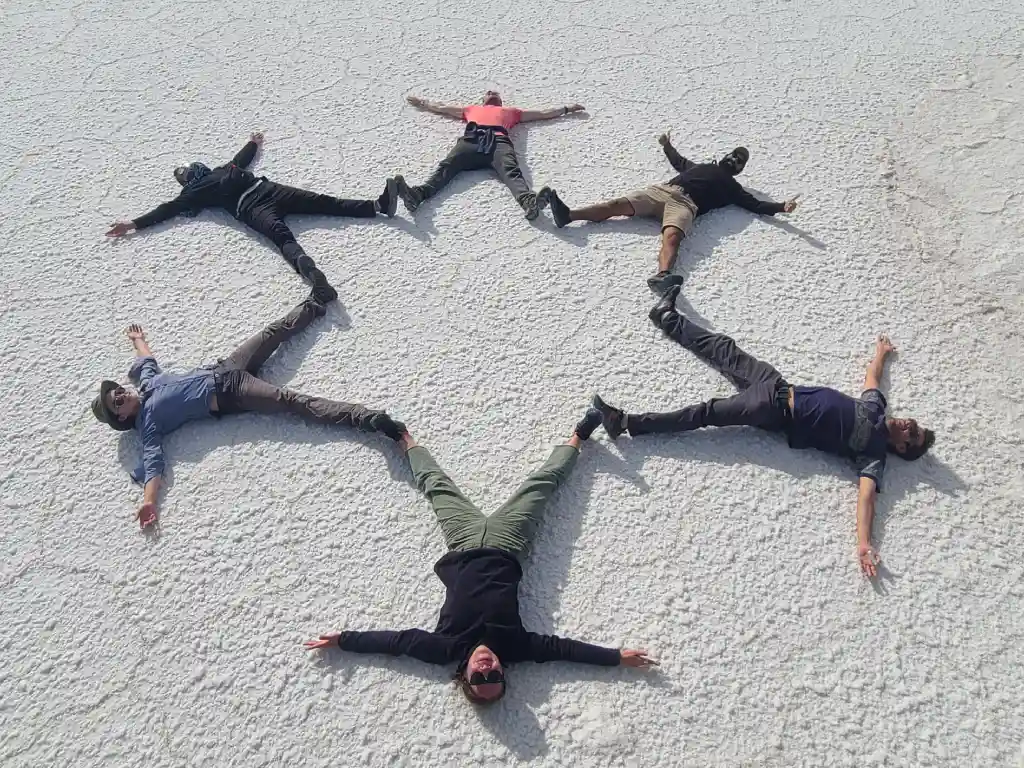
Final Thoughts
Bolivia’s got that perfect mix of ancient traditions, offbeat trivia & head-scratching modern quirks. Whether it’s backwards clocks, roadside zebras or giant salt mirrors, it keeps you curious.
Bolivia even has a “Day of the Skulls” where people decorate real human skulls with hats, cigarettes & flowers to honour the dead. Casual.
Ever wonder where the country got its name? Here’s who Bolivia is named after, & how it nearly wasn’t. Or want more than just trivia? Here’s a full guide to exploring Bolivia if you’re planning to see it all firsthand.
Know any weirder random facts about Bolivia? Drop them in the comments – I’m always up for more!
Happy Travels!

